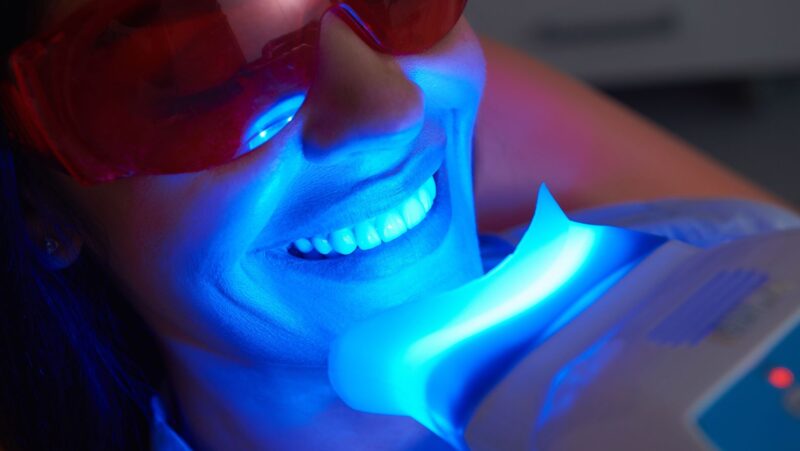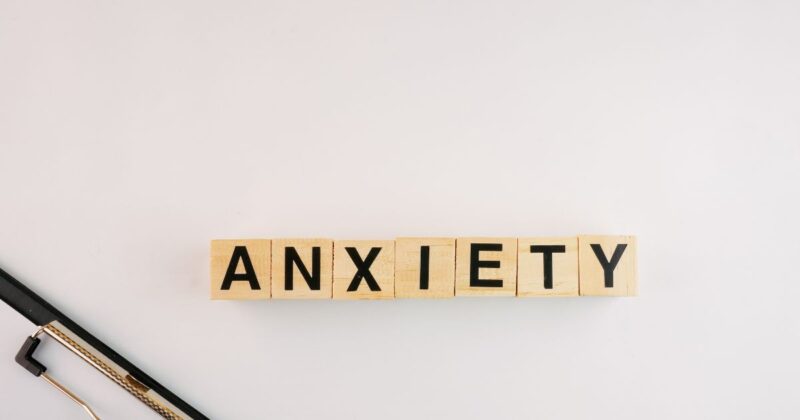
When it comes to drawing, capturing the essence of a cat can be both challenging and rewarding. Cats have a unique charm that draws us in, and their fluid movements can be mesmerizing. Whether you’re a seasoned artist or just starting out, understanding how to depict these furry companions can elevate your skills and add depth to your portfolio.
Key Takeaways
- Understanding cat anatomy is crucial for capturing their unique movements and poses, enhancing the overall realism of your drawings.
- Focus on distinct features like fur texture and facial expressions to convey a cat’s personality effectively.
- Experiment with various artistic techniques and mediums, including pencil, charcoal, and digital tools, to find what best showcases your style and creativity.
- Regular practice and observation of cats in different settings are essential for improving your drawing skills and understanding their behavior.
- Engage with the art community by joining workshops and collaborations to share knowledge and refine your techniques.
- Recognize the cultural significance of cats in art, as they stimulate creativity and resonate deeply with audiences, fostering a shared appreciation for feline inspirations.
Drawing:A4Z_-YMTKR8= Cat
Drawing:A4Z_-YMTKR8= Cat, especially one represented by the code A4Z_-YMTKR8=, involves understanding the anatomy and characteristics specific to felines. A cat’s flexibility, agility, and expressive nature provide a wealth of inspiration.
Focus on key aspects of a cat’s features, including:
- Body Structure: Understand the skeletal and muscular systems. Cats possess a graceful spine that lets them stretch and twist.
- Fur Texture: Capture variations in fur, from shorthaired breeds to longhaired ones. Each type has distinct patterns and colors.
- Facial Expressions: Concentrate on the eyes, ears, and mouth. A cat’s expression can change rapidly, reflecting moods from playful to relaxed.
- Poses and Movement: Observe how cats move. Their actions, whether lounging or pouncing, convey personality and emotion.
Practice with different drawing techniques. Utilize pencil, charcoal, or digital tools for varied effects. Study reference images sourced from Drawing:A4Z_-YMTKR8= Cat for specific styles or inspirations.
Overall, exploring these elements can enhance your ability to depict cats, turning a simple drawing into a more dynamic and realistic piece of art.
Key Features
Drawing:A4Z_-YMTKR8= Cat presents unique elements that enhance artistic expression. Understanding these features deepens my ability to capture their essence on paper.
Unique Art Style
Cats possess distinct forms and movements that require a tailored artistic approach. Emphasizing their elegance comes through stylized lines and curves. An artist might play with exaggerated proportions to convey personality. Focusing on fluid motions aids in creating dynamic poses, showcasing a cat’s playful or contemplative nature. Each artist’s interpretation contributes to a rich diversity of visual styles, enhancing portfolios.
Color Palette and Techniques
Selecting the right colors captures a cat’s unique appearance and personality. Utilizing a mix of warm and cool tones highlights fur texture and depth. Techniques such as layering and blending enhance realism. Employing contrasting colors can create visual interest, drawing the viewer’s eye. Experimenting with various mediums, like colored pencils, watercolors, or digital tools, offers flexibility in achieving desired effects. Adopting these methods fosters a deeper understanding of how light affects color, making depictions more lifelike.
Cultural Significance
Cats hold significant cultural value across various societies. They’ve inspired countless artists, shaped artistic movements, and become symbols of creativity and independence.
Impact on Modern Art
Cats influence modern art significantly, appearing in diverse styles and mediums. Artists like Henriette Ronner-Knip and Tsuguharu Foujita showcased their beauty through striking representations. This fascination continues with contemporary artists embracing cats in installations, paintings, and digital art. The whimsical nature of cats encourages experimentation, leading artists to explore new techniques and concepts.
Reception Among Artists and Audiences
Artists and audiences alike celebrate the portrayal of cats. Cat art resonates with audiences, fostering a deep connection due to shared affection for these animals. Exhibitions featuring cat-themed art often attract large crowds, revealing a growing appreciation for feline-inspired creativity. Artists find community through shared interest, forming networks and collaborations centered around cat art. This reception underscores the importance of cats in artistic expressions, demonstrating their enduring appeal and universal recognition.
Practical Analysis
Analyzing the process of drawing cats reveals essential insights that can enhance artistic skills. Below, I’ll break down effective methods for depicting these graceful creatures and provide valuable tips for artists.
Step-by-Step Breakdown
- Observation: Start by closely observing cats in various settings. Note their anatomy, movements, and behavior to understand their unique characteristics.
- Sketching: Create a rough sketch to capture the cat’s basic shapes. Focus on proportions of the head, body, and limbs, ensuring accuracy before detailing.
- Detailing: Add features such as facial structure, whiskers, and fur texture. Pay attention to how light plays on their fur, highlighting the need for fine lines and curves to enhance realism.
- Refining: Refine the sketch by erasing unnecessary lines and adding depth. Consider the muscle structure and how it influences movement.
- Coloring: Choose a color palette that reflects the cat’s natural hues. Use layering techniques to build depth in the fur while incorporating shadows and highlights for a lifelike appearance.
- Final Touches: Add final details, such as eye reflections and subtle highlights, to bring the drawing to life. Evaluate the piece for overall balance and harmony.
- Practice Regularly: Consistent practice leads to improvement. Dedicate time to sketch cats from life or reference images.
- Use References: Collect various images of cats in different poses and settings. This helps in understanding anatomy and dynamic movements.
- Experiment with Styles: Try different artistic styles—realistic, cartoonish, or abstract. This experimentation fosters a deeper connection with your subject.
- Emphasize Expressions: Focus on facial expressions to convey the cat’s personality. Exaggerated features can add charm and interest.
- Engage with Other Artists: Join art communities or workshops focused on animal drawing. Collaborating with others promotes learning and skill refinement.
- Study Light and Shadow: Analyze how light affects fur color and texture. Observation of varying lighting conditions enhances realism in your artwork.
Creativity and Expression
Embracing the art of drawing cats opens up a world of creativity and expression. I’ve found that capturing their unique charm not only enhances my skills but also deepens my appreciation for these fascinating creatures. Each stroke reveals their personality and fluidity, making every drawing a rewarding experience.
As I continue to explore various techniques and styles, I realize that the journey of depicting cats is as enriching as the final artwork itself. Whether I’m experimenting with colors or studying their movements, the process is a constant source of inspiration. By honing my skills and connecting with fellow artists, I can truly celebrate the elegance of cats through my art.












